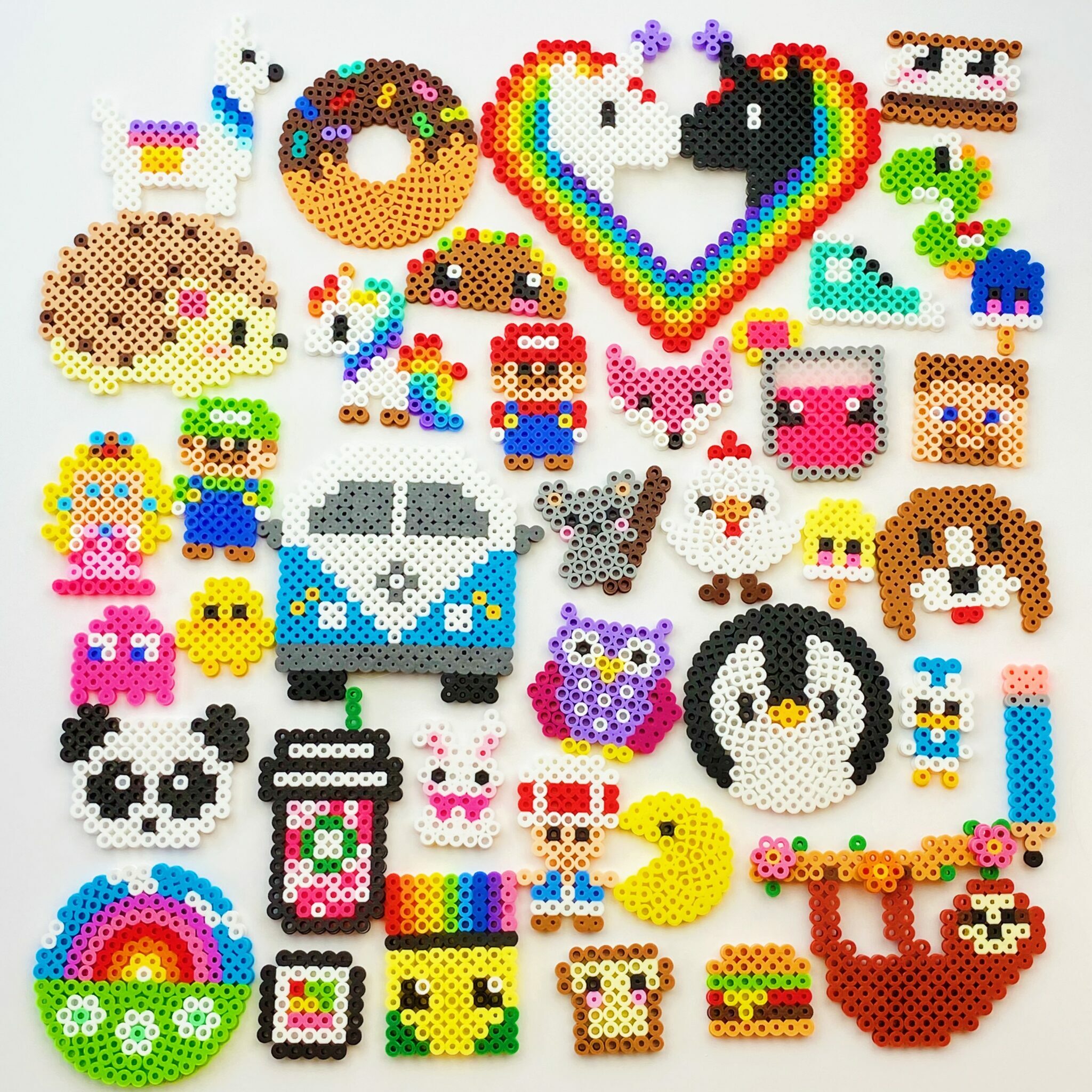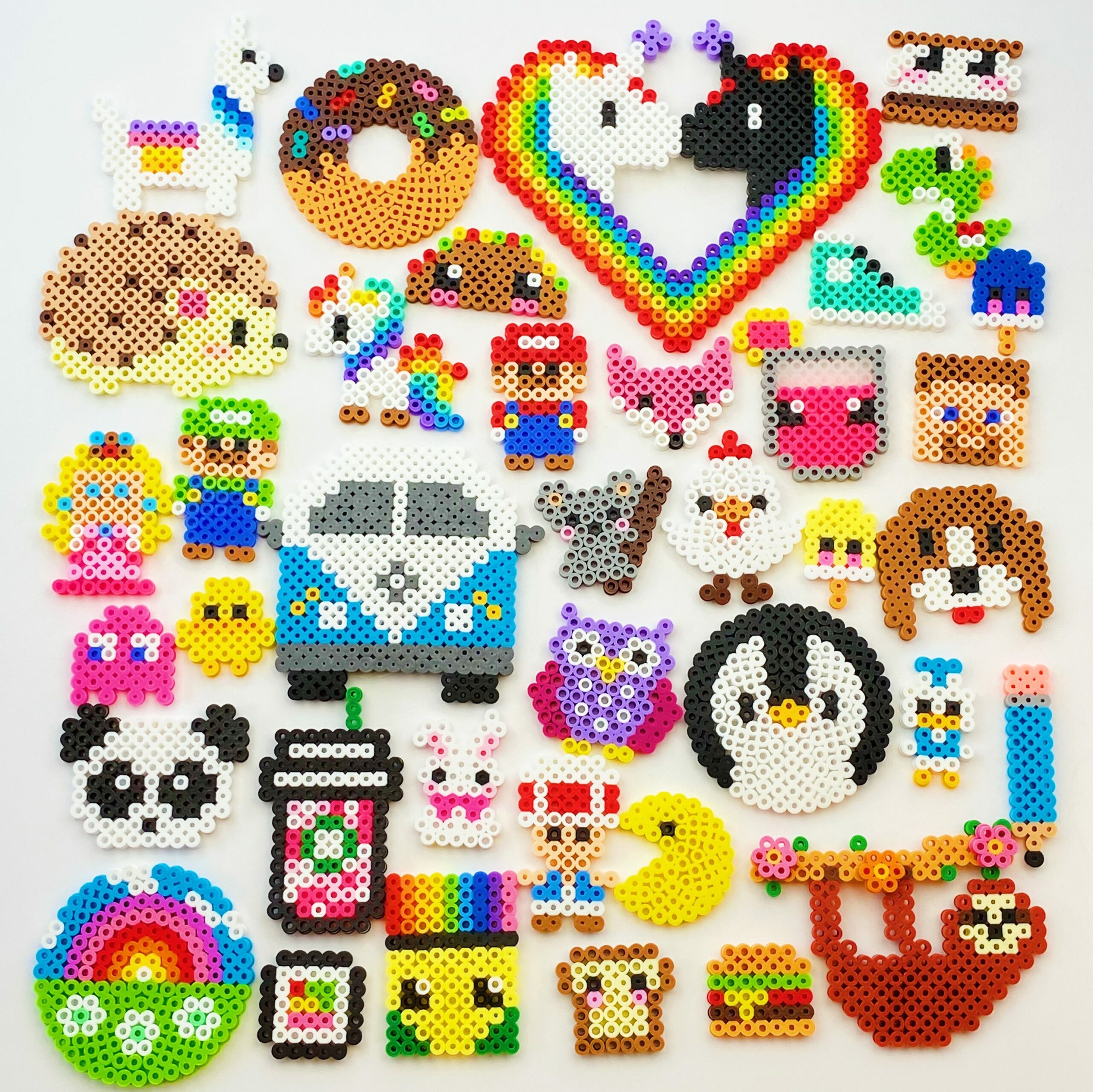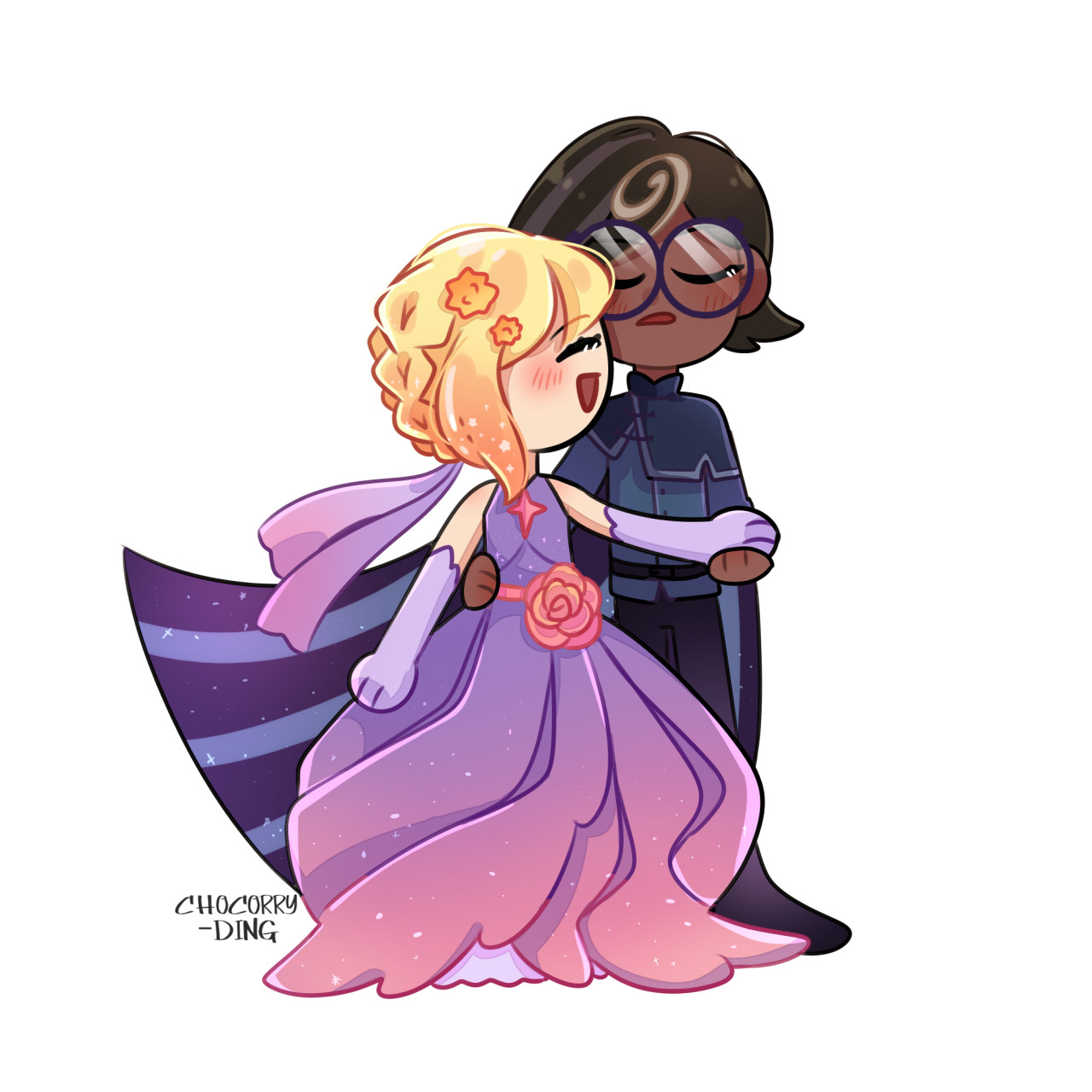Tiny perler beads are revolutionizing the world of crafting, offering unparalleled detail and intricate design possibilities. These miniature marvels, typically smaller than their standard counterparts, open up a whole new realm of artistic expression. From delicate floral arrangements to complex pixel art, the possibilities are virtually limitless, challenging crafters with their minute size while rewarding them with stunning results.
This detailed exploration delves into the world of tiny perler beads, covering everything from their physical characteristics and various types to advanced techniques and inspirational resources. We’ll examine the tools and techniques needed to master these tiny beads, explore the vibrant online communities dedicated to their use, and showcase awe-inspiring projects created by talented artists.
Tiny Perler Beads: A Deep Dive into Miniature Bead Art
The world of perler bead art has expanded beyond the traditional size, embracing the intricate detail and design possibilities offered by tiny perler beads. These miniature beads present unique challenges and rewards for crafters, opening doors to incredibly complex and visually stunning projects. This article explores the characteristics, applications, techniques, and community surrounding this captivating craft.
Product Overview: Tiny Perler Beads
Tiny perler beads, typically 2.6mm in diameter, are significantly smaller than their standard 5mm counterparts. They are commonly made from polyethylene plastic, offering a range of colors including translucent, opaque, and special effects like iridescent or glitter finishes. This miniature size allows for greater detail and complexity in designs, creating a far more intricate final product compared to their larger counterparts.
Several brands offer tiny perler beads, each with slight variations in quality, color selection, and price point.
Compared to standard perler beads, tiny beads require more precision and patience. Their small size makes them more prone to loss and misplacement during the crafting process. However, the resulting level of detail is significantly higher, allowing for the creation of miniature masterpieces.
| Brand | Bead Size (mm) | Color Variety | Price Point |
|---|---|---|---|
| Brand A | 2.6 | High | Medium |
| Brand B | 2.5 | Medium | Low |
| Brand C | 2.6 | High | High |
| Brand D | 2.5 | Low | Low |
Crafting Applications: Tiny Perler Beads
The small size of tiny perler beads opens up a world of intricate design possibilities. Artists can create highly detailed images, patterns, and even miniature three-dimensional sculptures that would be impossible to achieve with standard-sized beads. The level of detail achievable is significantly greater, allowing for more realistic representations and complex designs.
For example, a tiny perler bead project could be a detailed portrait of a pet, a miniature landscape scene, or a complex geometric pattern with smooth color transitions. The challenges include the increased risk of bead loss and the higher level of precision required for placement. Specialized tools, such as fine-tipped tweezers, are often essential.
Example Project: Miniature Pixel Art
This project involves creating a simple pixel art design, such as a small flower, using tiny perler beads. The design should be planned out on graph paper first. Using tweezers, carefully place the beads onto a pegboard, following the planned design. Once complete, carefully iron the beads according to the manufacturer’s instructions, ensuring even heat distribution to prevent warping or melting.
The result will be a small, detailed pixel art piece that showcases the capabilities of tiny perler beads.
Tools and Techniques: Tiny Perler Beads
Working with tiny perler beads requires specialized tools and techniques to ensure efficiency and prevent frustration. Essential tools include fine-tipped tweezers for precise bead placement, a suitable pegboard designed for tiny beads (with smaller peg holes), and a low-temperature iron to prevent melting the beads. Efficient placement techniques involve using tweezers to carefully pick up and position each bead individually.
Using a consistent pressure and even placement is key to avoid gaps or unevenness in the finished product.
Different ironing methods exist, but a low-temperature, even application of heat is crucial to prevent melting or warping. Using parchment paper between the iron and the beads is recommended.
Finish your research with information from gowilkes dogs.
- Use a well-lit workspace to improve visibility.
- Employ a bead container with a wide mouth for easy access.
- Work in small sections to avoid losing track of the design.
- Regularly check for missing beads before ironing.
Community and Inspiration: Tiny Perler Beads
Online communities dedicated to perler bead art thrive, with many focusing specifically on tiny bead projects. These online spaces offer a wealth of inspiration, tutorials, and patterns. Several artists have gained recognition for their intricate and detailed work with tiny perler beads, showcasing the impressive capabilities of this medium.
- Online forums such as Reddit and specialized beading websites.
- Social media platforms like Instagram and Pinterest, which showcase numerous artist profiles and projects.
- Etsy and other online marketplaces, offering pre-made designs and patterns.
Advanced Techniques: Tiny Perler Beads

Creating gradients and smooth color transitions with tiny perler beads requires careful planning and precise bead placement. This involves gradually changing the shade of beads across a section of the design, using a variety of shades to create a seamless effect. Incorporating different bead types and materials adds another layer of complexity and visual interest, allowing for textures and effects that cannot be achieved with a single bead type.
Creating three-dimensional shapes involves strategically layering beads and using techniques like bead weaving or sculpting to add depth and form. Adding texture and detail can be achieved by using beads of varying sizes, shapes, or finishes, or by incorporating additional materials like metallic threads or small embellishments.
The world of tiny perler beads is a testament to the power of miniature artistry. While requiring patience and precision, the rewards—the ability to create incredibly detailed and intricate designs—are immeasurable. Whether you’re a seasoned crafter or a curious beginner, exploring this captivating medium offers a unique and rewarding creative journey. The vibrant online community and abundant resources ensure that inspiration is always within reach, making tiny perler beads an accessible and endlessly fascinating craft.



